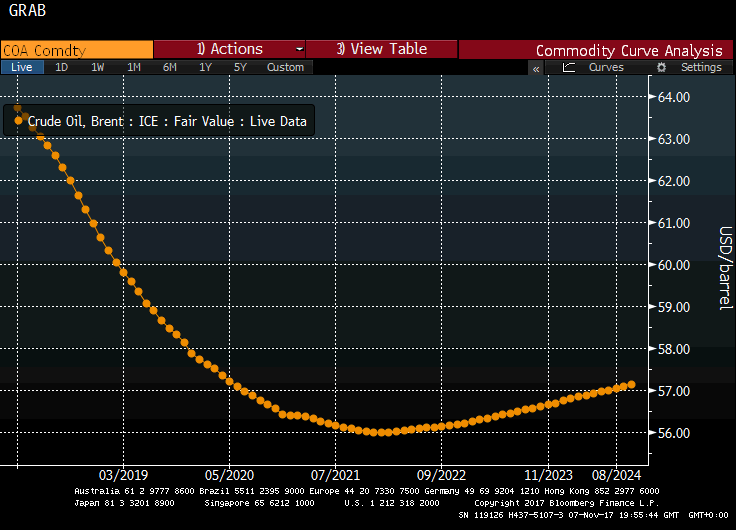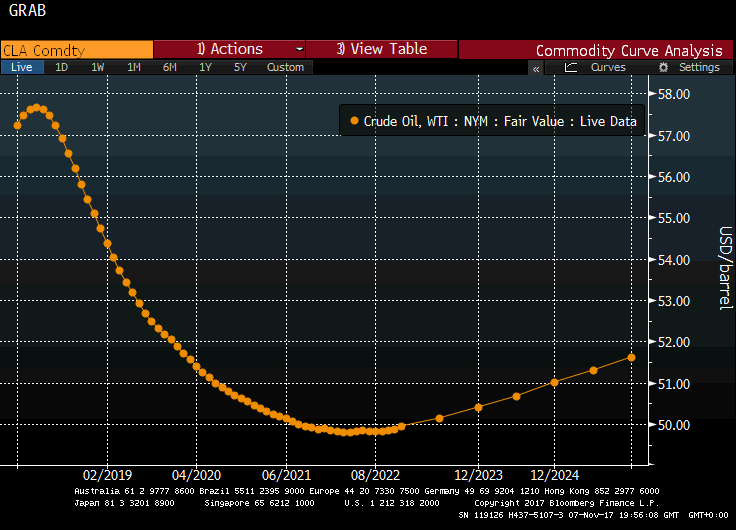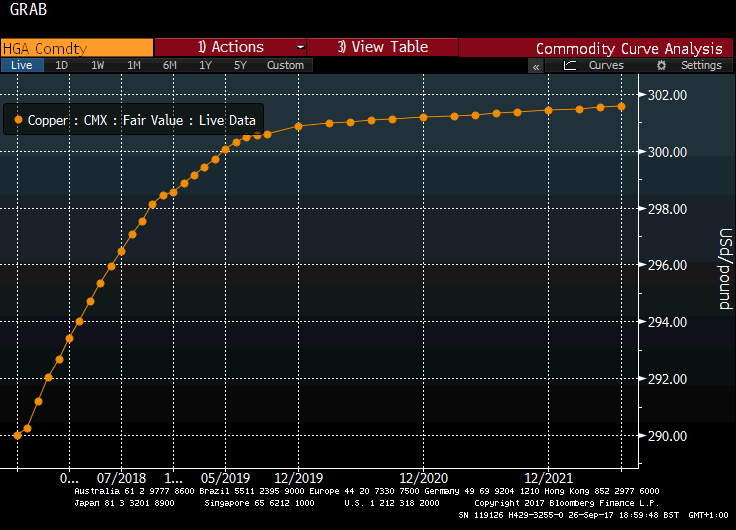Tesla's Model 3 Sedan Production Cruises Past the 100,000 Mark
This article by Tom Randall for Bloomberg may be of interest to subscribers. Here is a section:
Eoin Treacy's view -Expanded production comes with downsides, however. Tesla posted on its website Friday that buyers must place their orders by Oct. 15 to get their car by the end of the year and qualify for the expiring U.S. federal tax credit. Tesla was the first company to sell 200,000 electric cars cumulatively in the U.S., which triggers the gradual phase-out of the subsidy. The $7,500 credit will drop by half for Tesla on Jan. 1.
Musk boasted in 2016 that Tesla would make more than 100,000 Model 3s by the end of 2017. It didn’t work out that way. As often happens on Musk time, Tesla arrived late to an impossible goal. But Model 3 production now appears to be cruising—from the first cars off the line in July 2017, it took about 14 months for the company to build the initial 100,000 Model 3s. At the current rate of production, it will build the second 100,000 in less than six months.
This is a good news story for Tesla. Getting production numbers up is essential if the company is going to reach the economies of scale necessary to ever make a profit. The big question which I have seen addressed is what that number is? Musk has stated on more than one occasion that he wants to get the price of a Model 3 down to around $35,000 but how many of them will the company have to make to make a profit at that price?
This section continues in the Subscriber's Area. Back to top





